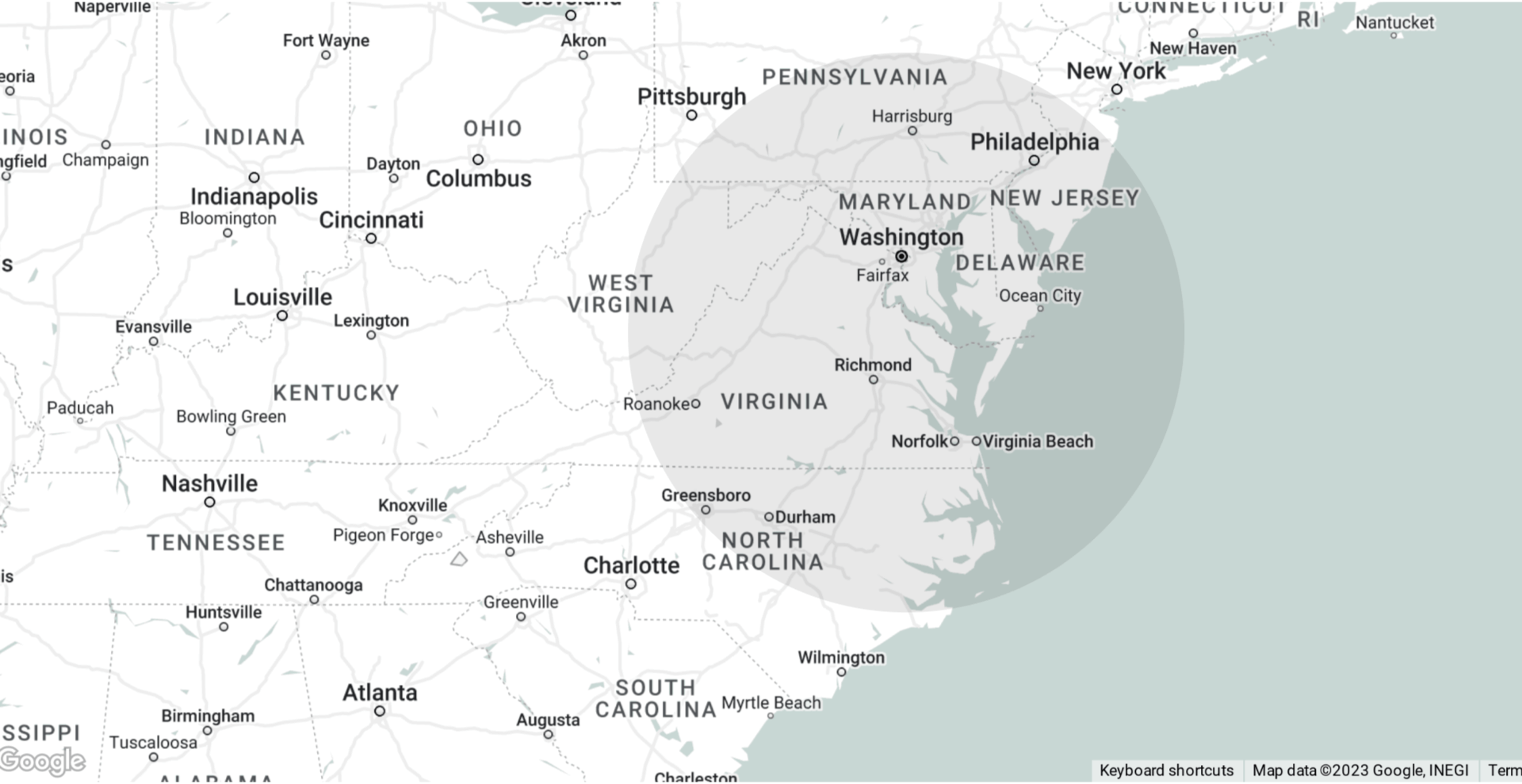Breathing is vital to not only being able to function but to also live our lives from moment to moment. It’s not surprising that when you’re affected by one of many airway disorders like asthma or pulmonary fibrosis that completing every day tasks becomes almost impossible.

What Is The Primary Function of The Respiratory System?
To better understand any breathing-related disorder, it’s important to know how the pulmonary system affects our body. In short, this system is responsible for moving blood between the heart and lungs through the absorption of oxygen and release of carbon dioxide.
For the sake of your disability claim, it’s also important to know the distinction between the pulmonary vs. systemic circulation. Both are vital for blood circulation, oxygen flow and carbon dioxide release from our cells, but the major difference is that systemic circulation is responsible for pumping oxygen from the heart to the rest of our body.
Some of the most common symptoms that could indicate you have a pulmonary condition include but are not limited to chest pain, shortness of breath, coughing, wheezing, hemoptysis, and accelerated or rapid breathing. Keeping track of these symptoms and having your physician make a note of them are key to getting your claim approved.
Documentation Needed For Respiratory System Disorders
According to the Social Security Administration’s Blue Book guidelines for respiratory disorders, there are several pieces of information that should be included when applying for disability. These documents include your medical history of a respiratory disorder, lab tests, x-ray imaging, and pulmonary function tests.
The pulmonary function test, measured through a spirometry calculator, shows how much air the lungs can handle and release. Another test that can be conducted includes a DLCO test, which measures the oxygen levels across your lung’s cell membranes. Low DLCO symptoms usually include the inability to take a full breath, followed by coughing, tightness within the chest or shortness of breath.
While medical testing, your medical history and a diagnosis is key to getting your claim approved, any additional tests, symptom tracking and more can help you get approved. Prescribed treatments and the management of respiratory disorders like asthma or pulmonary hypertension can also be included within your claim’s evidence.
The list of respiratory conditions underneath this category for social security disability benefits includes but is not limited to chronic obstructive pulmonary disease, pulmonary fibrosis, asthma, pneumoconiosis, cystic fibrosis, bronchiectasis, lung transplants, respiratory failure, sleep apnea and pulmonary hypertension.
Conditions That Don’t Meet Listing Requirements
Not all respiratory conditions perfectly fall underneath the common disorders that typically qualify for disability. When this occurs, other disorder categories are considered. For example, lung cancer as a disability might involve the respiratory system, but will be filed under malignant neoplastic disorders instead.
Schedule A Consultation With Our Disability Lawyers In Virginia
Our legal team at O’Neil and Bowman Disability Group will work thoroughly and meticulously to gather evidence, communicate and fight for your claim to be approved. Filing for disability claims on your own while dealing with a respiratory disorder can be stressful and overwhelming, especially if that claim gets denied.
We can help you get your claim approved. Call us and schedule your case to be evaluated by our team today.




 Call Us Today!
Call Us Today!